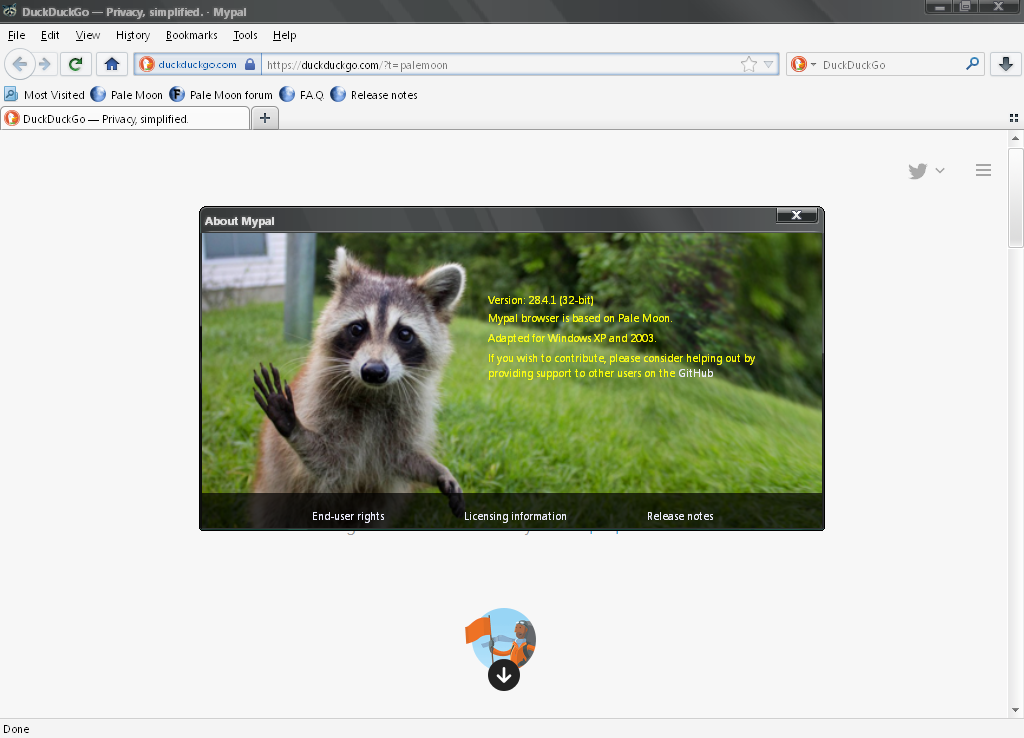

It is true especially for real-time and dynamic scene visualization in mobile augmented reality, with the dramatic development of spatial data sensing and the emergence of AR-GIS. Increasingly complex vector map applications and growing multi-source spatial data pose a serious challenge to the accuracy and efficiency of vector map visualization. 3D geovisualization-based virtual audits could be used when urban green space audits are not possible or when they are demanding to implement in situ.
#WEBGL DOWNLOAD CHROME MANUAL#
However, considering that Bryga 3D presents an example of a highly automated 3D city modeling process conducted with minimal manual work, its results are encouraging for future attempts to advance such realizations for the purposes of communicative urban planning. Also, weaker perception of the surroundings and city context affected the results in VR. Perception of vegetation was weaker in VR in terms of its detailed quality, which somewhat affected the presented development ideas and assessment of the seasonal context. A comparison of the results with in-situ (n=13) and VR interviews (n=21) show that the perception of several tangible elements, such as spatial division, landforms, paths, and chairs when using Bryga VR was similar to when performed in situ. Bryga 3D’s ability to convey information in a subjective urban audit, that is, subjectively perceived affordances of a park deck, was tested in a walk-along interview study comparing auditing in situ and via the VR method. Bryga 3D was implemented on a game engine to be viewed with a head-mounted VR display.

For this purpose, we created a photorealistic and geometrically accurate 3D model (Bryga 3D) based on photogrammetric and laser scanning data. We explored the feasibility of a 3D geovisualization-based urban audit in virtual reality (VR) for assessing the perceived quality of an urban park deck in Helsinki, Finland. The 3D city model-based geovisualizations have remained until now rather unexplored in user studies for urban audits and for communicative urban planning. Virtual reality-based urban audit methods are gaining increasing attention however, most virtual urban audit studies have focused on panoramic views. The application was used in analysis sessions as well as a workshop with stakeholders. With the help of the application, outliers could be identified and the underlying causes could be investigated. With the application we were able to show the influence of local urban structures as well as the impact of the time of day on the measured values.
#WEBGL DOWNLOAD CHROME PC#
In this paper we present a prototype of a visualisation and analysis application based on the Unity Game Engine, which allowed us to explore and analyse the collected data sets and to present them on a PC as well as in a VR environment. The aim was to design and implement an application to analyse the heterogeneous data sets. In the measurement campaign “UmweltTracker” with 95 participants (cyclists, pedestrians), data on the stressors were collected via mobile sensors. The few fixed measuring stations for these stressors do not provide information on how they are distributed throughout the urban area and what influence the local urban structure has on hot and cold spots of pollution. Climate change and the high proportion of private motorised transport leads to a high exposure of the urban population to environmental stressors such as particulate matter, nitrogen oxides, noise, and heat.


 0 kommentar(er)
0 kommentar(er)
